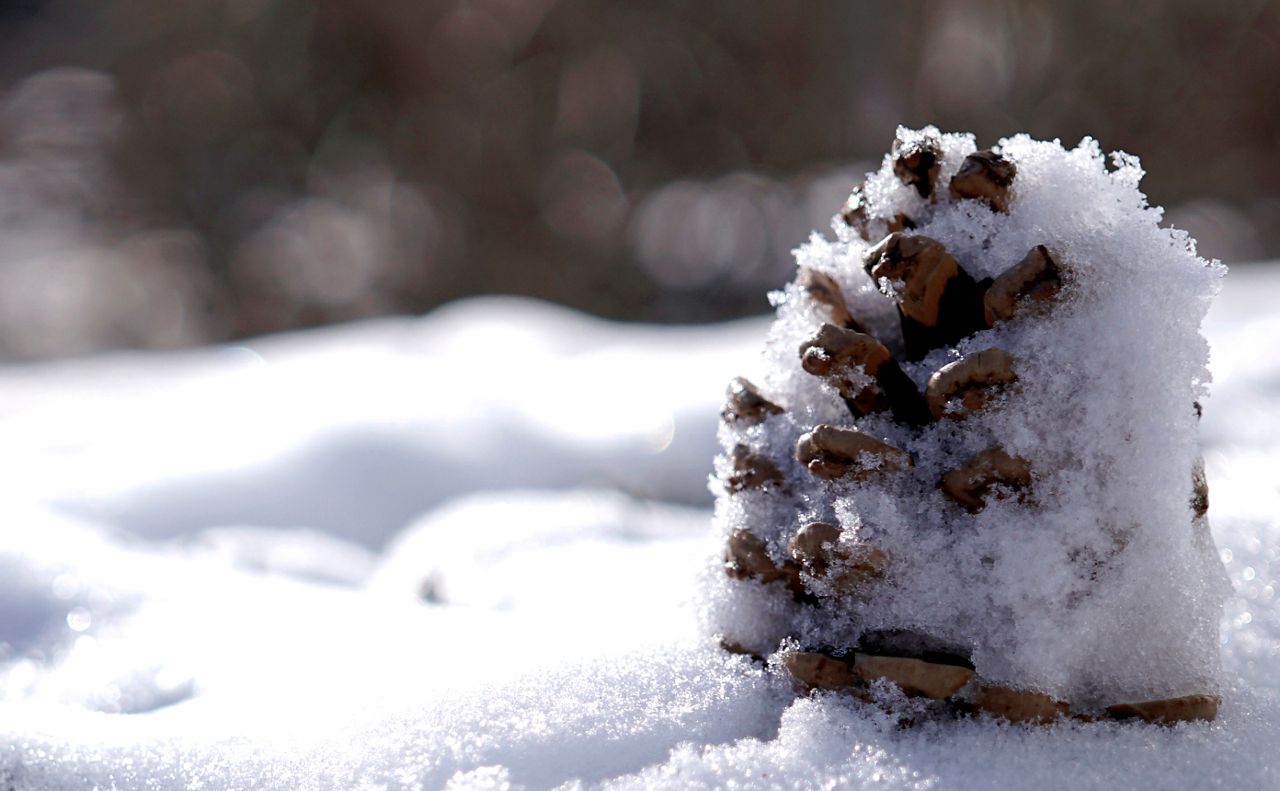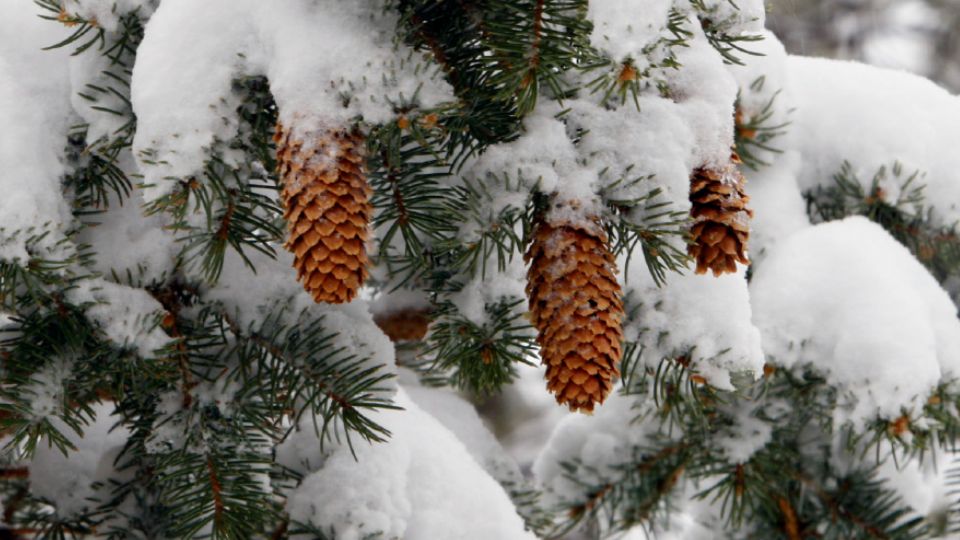Each year, weather enthusiasts are looking for new ways to forecast the winter ahead. Whether you look to the Farmer’s Almanac, woolly bear caterpillars or pine cones, the outcome is usually the same.
Although these folklore can provide some insight into the upcoming winter season, it’s not always accurate.
Let’s start with the myth itself. Some say that excess pine cones on the ground in the fall are a sign of a tough winter ahead. Many think the shedding of the pine cones are a way for the conifer (pine) trees to prepare for an abnormally cold winter.

While researching, I found scientists put little stock into this tale. That being said, they tend to look at the trees’ reactions to past and present weather patterns, but not to predict the future seasons.
In fact, the number of pine cones on a tree may not indicate anything except the tree’s age. In studies from newspaper clippings to books, horticulturists have said that pine trees can take three years to fully grow cones, and varying their cone production from year to year helps them throw off predators.
Although it’s good to look around and observe all that nature has to throw our way, this tale about pine cones doesn’t hold up. Pine cones are pretty to look at, but not great for forecasting our future weather patterns.
For more weather blogs and daily forecasts, follow Meteorologist Kaylee Wendt on Facebook, Instagram, and Twitter!
Our team of meteorologists dives deep into the science of weather and breaks down timely weather data and information. To view more weather and climate stories, check out our weather blogs section.



